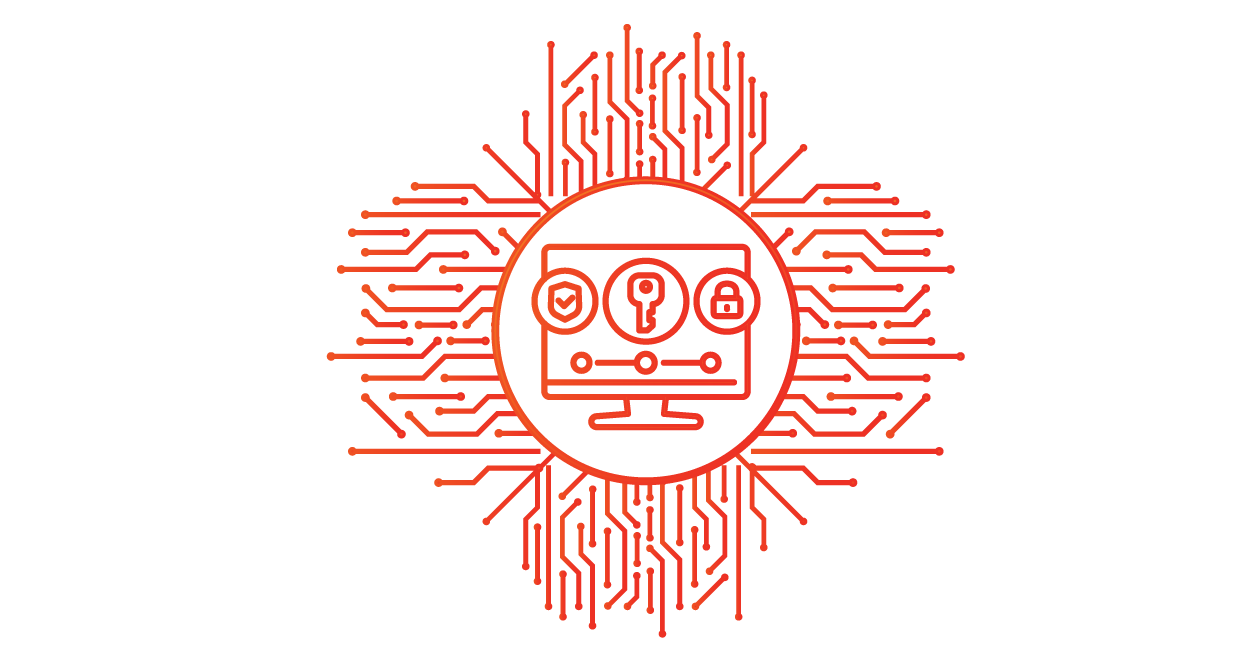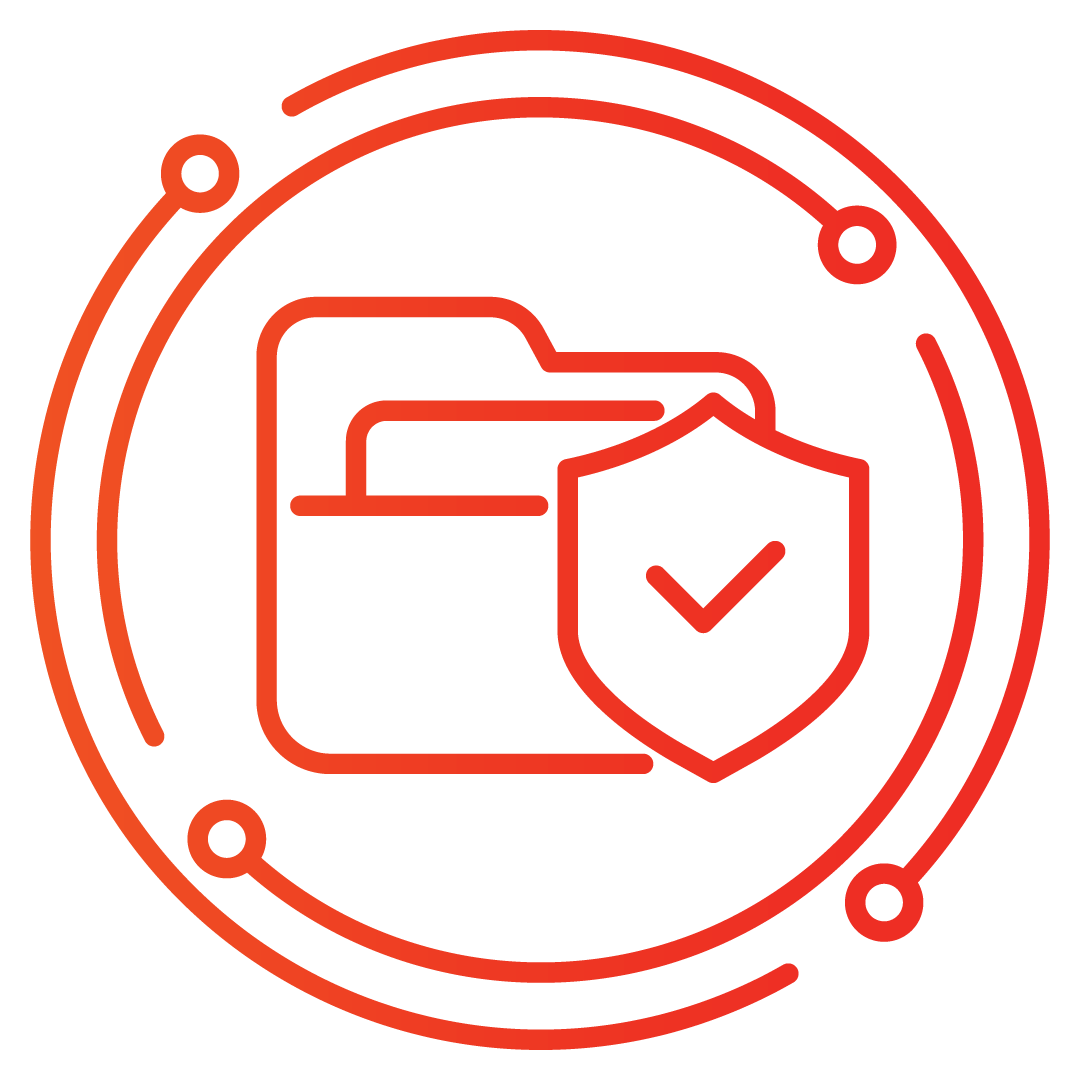Your Security Matters
Let Us Assist You!
Web application penetration testing involves methodological series of steps aimed at gathering information about the target system, finding vulnerabilities or faults in them, researching for exploits that will succeed against those faults or vulnerabilities and compromise the web application. There are two components to delivering Web Application Penetration Testing and these are Internal and External Penetration Testing.
Why Web application penetration testing?
Businesses rely on web applications more than they ever have in the past to conduct daily business. That includes customer-facing applications that allow them to perform activities like making purchases or transferring money from one account to another. Many companies also depend on internal web products to conduct day-to-day business. Developers may use open source components and plugins when building web apps, opening the door to possible security risks. Web applications are the critical systems of many networks. They store, process, and transmit data. They are also vulnerable to hackers who can find vulnerabilities.

.png)


